
Botany Beginnings: Who was Theophrastus?
Approximately 2,300 years ago, a time which we can somewhat imagine through the marble monuments still standing and the relatively few parchments that have survived, a person named Theophrastus (c. 370 BCE – c. 287 BCE) reportedly wrote 227 books about animals, trees, shrubs, fruits, and flowers. Although he wasn’t the only scientific writer at…
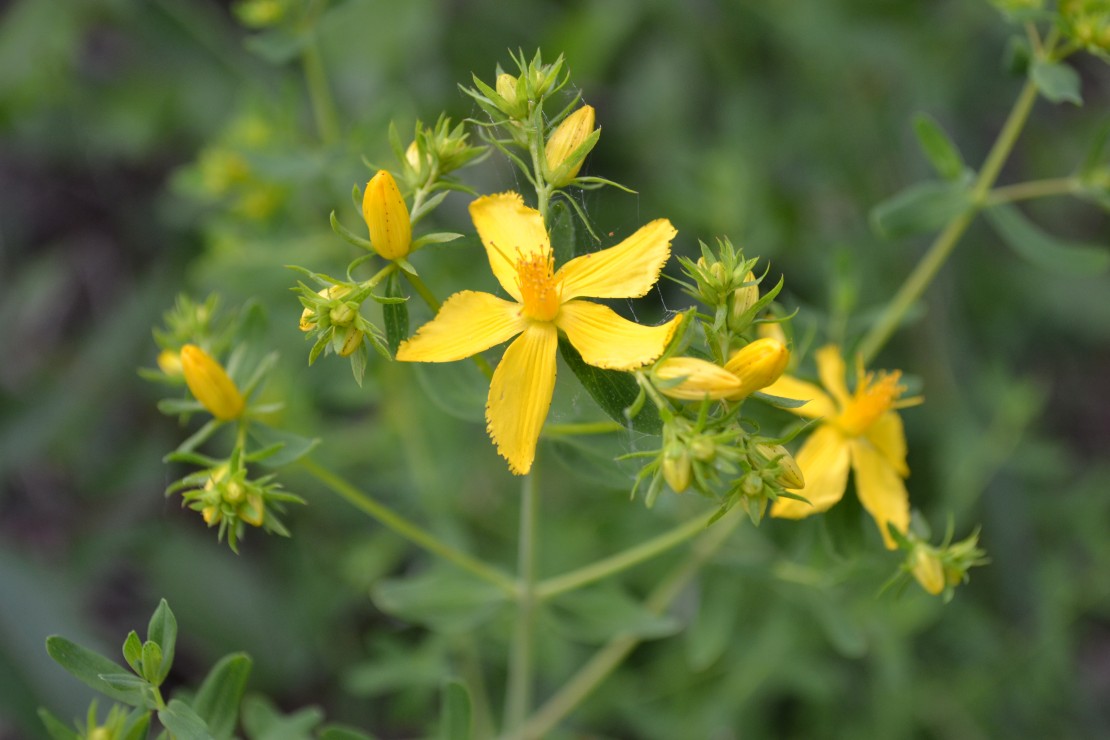
St. John’s Wort in Bloom: How To Identify And Forage St. John’s Wort
St. John’s wort, sometimes known as St. Joan’s wort, (Hypericum perforatum) is one sign that summer has indeed arrived. It typically blooms very near to the summer solstice, which is a useful identifier as to the best time to harvest the aerial parts with their sunny yellow flowers. The harvest season of St. John’s wort…
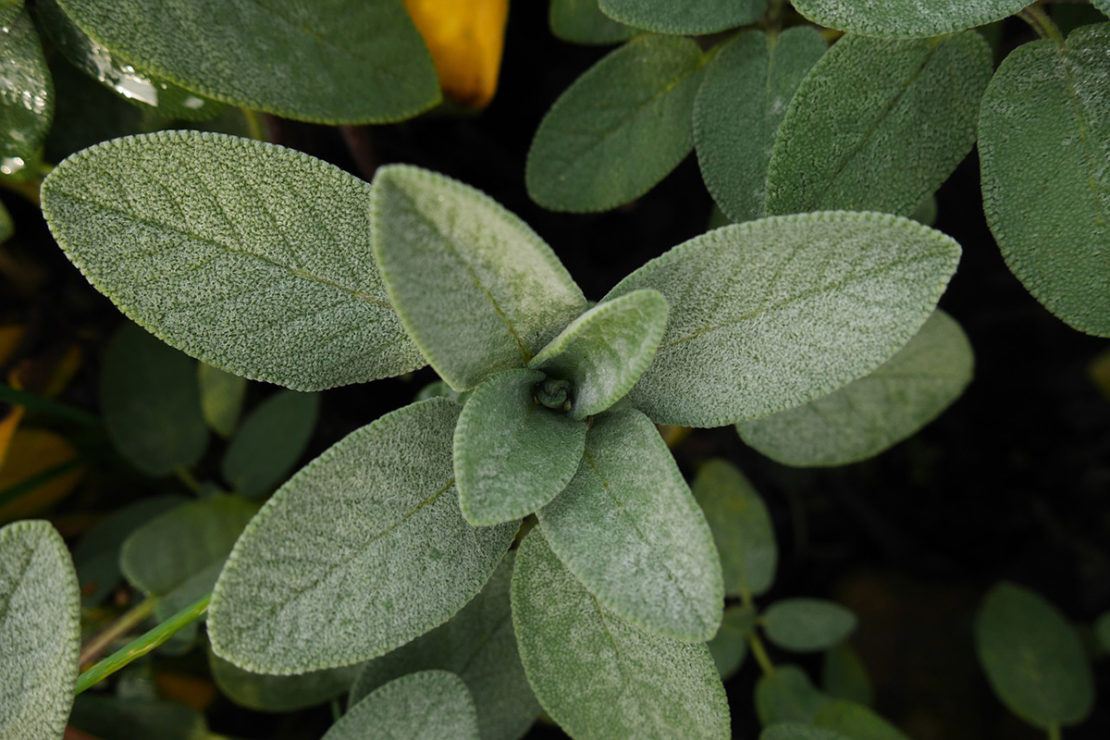
How To Use Morphology to Describe Plants
With an awareness of the many forms that plants, flowers, and leaves come in, a hike in the woods or a stroll through a garden can transform from a blur of green to a diverse exhibit of morphology. With attention to morphology, along with an understanding of binomial nomenclature and the evolutionary relationships that plant…
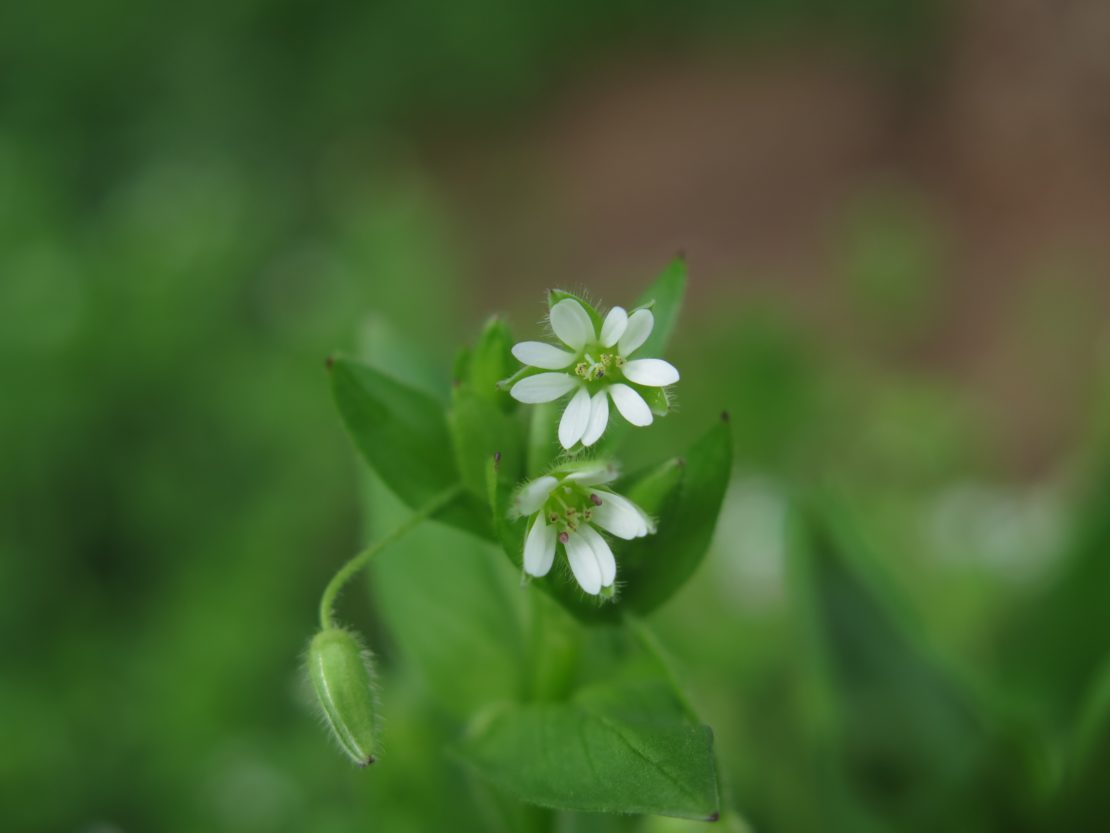
The Most Inconspicuous Plant You Can Forage Now!
Our new Botany & Wildcrafting Course is here, and we’re so excited about this course! Not only will it provide you with an introduction to plant biology and ecology, but it will help you strengthen your plant identification skills and help you understand and practice sound wildcrafting ethics and techniques as well. In this course,…
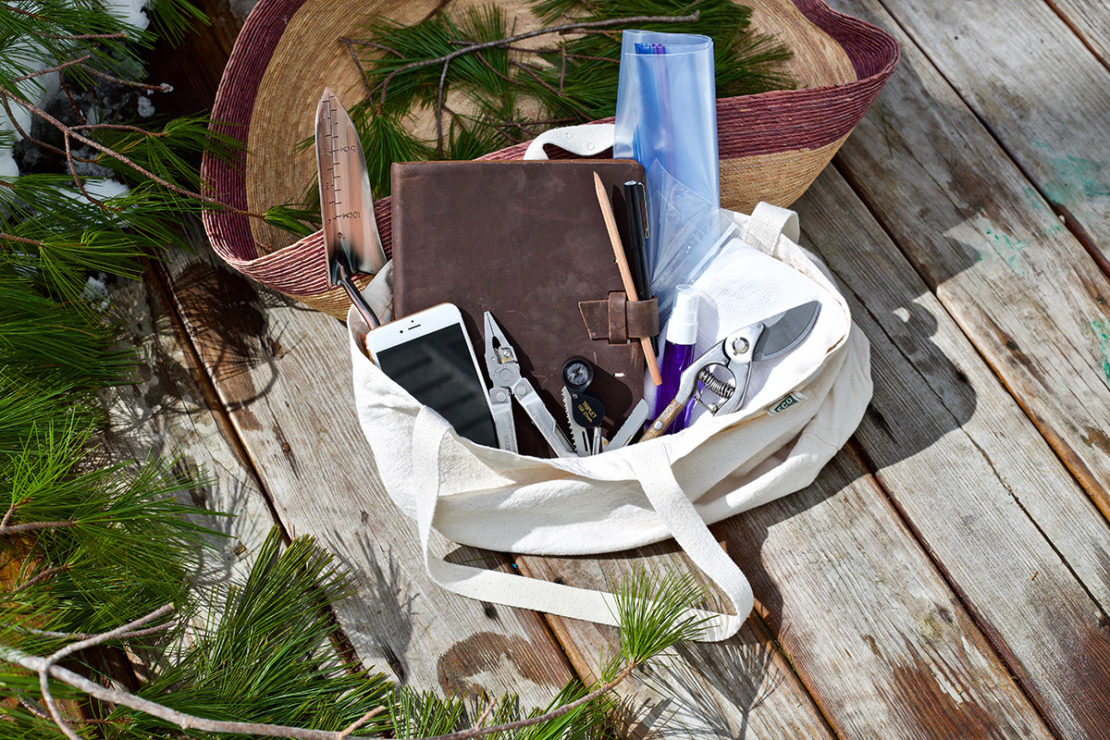
7 Essential Tools For Botany (And A Few More For Good Measure!)
Whether you are setting out to become a professional botanist or are just interested in getting to know your local plants a little better, you’ve got to have the right tools on hand to get started. Once you start using different tools and simple botanical equipment to identify and observe plants, a whole new world…
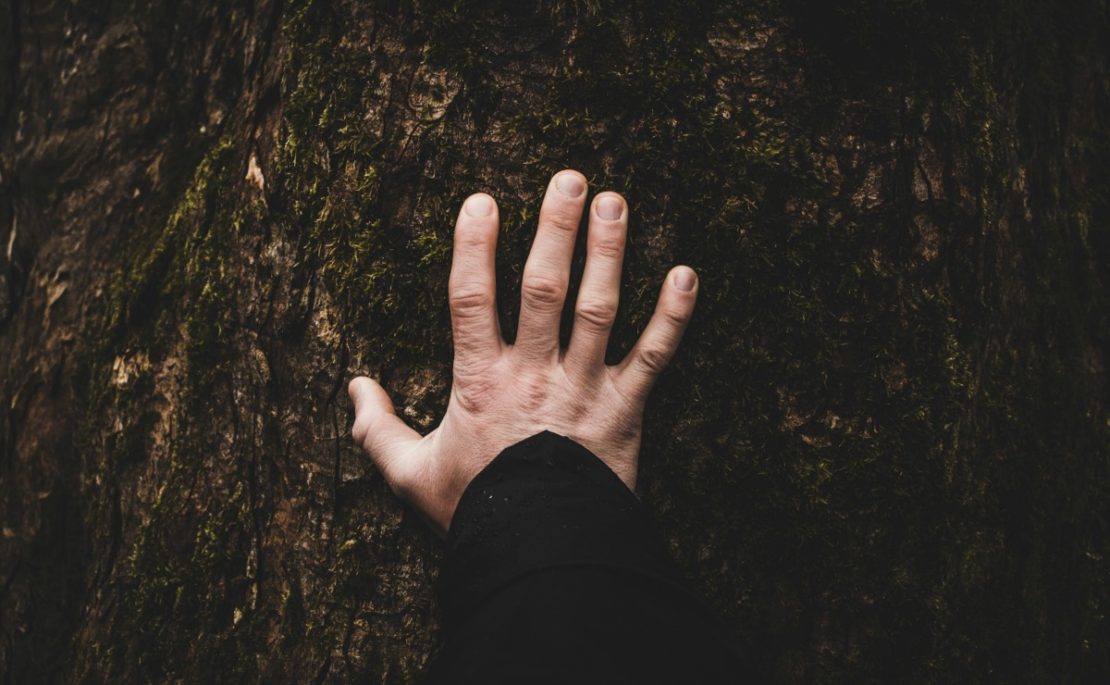
How To Harvest Bark From Trees and Shrubs Correctly
If you’ve ever wanted to learn how to harvest bark from trees or shrubs, you’re not alone. Bark is commonly used in herbal preparations, but the idea of harvesting barks can be rather confusing. How exactly does one go about harvesting barks from trees or shrubs in an ethical and sustainable manner? In the article…
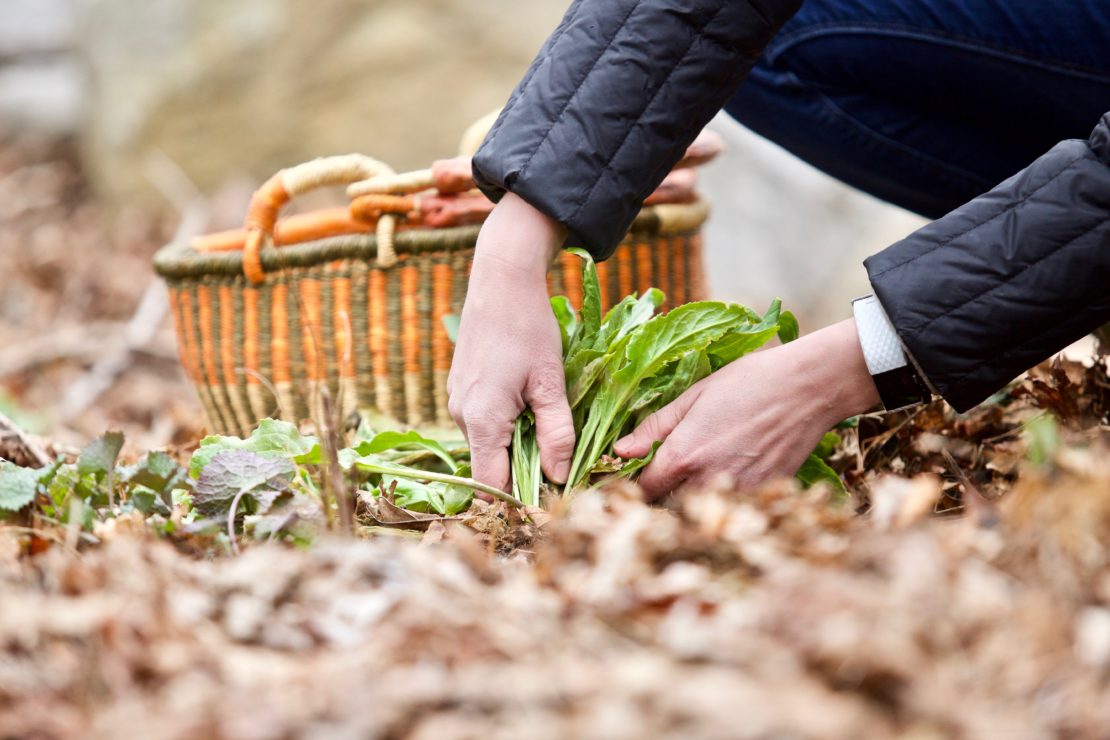
How To Identify & Wildcraft Plants Outside Your Front Door
As the sun spends more time in the sky and the weather begins to warm, fresh green shoots emerge from the earth, buds form on tree branches, and blossoms burst forth in an array of vivid color. Spring has arrived, and with it, an abundance of nourishing plants that are useful to the earth as…
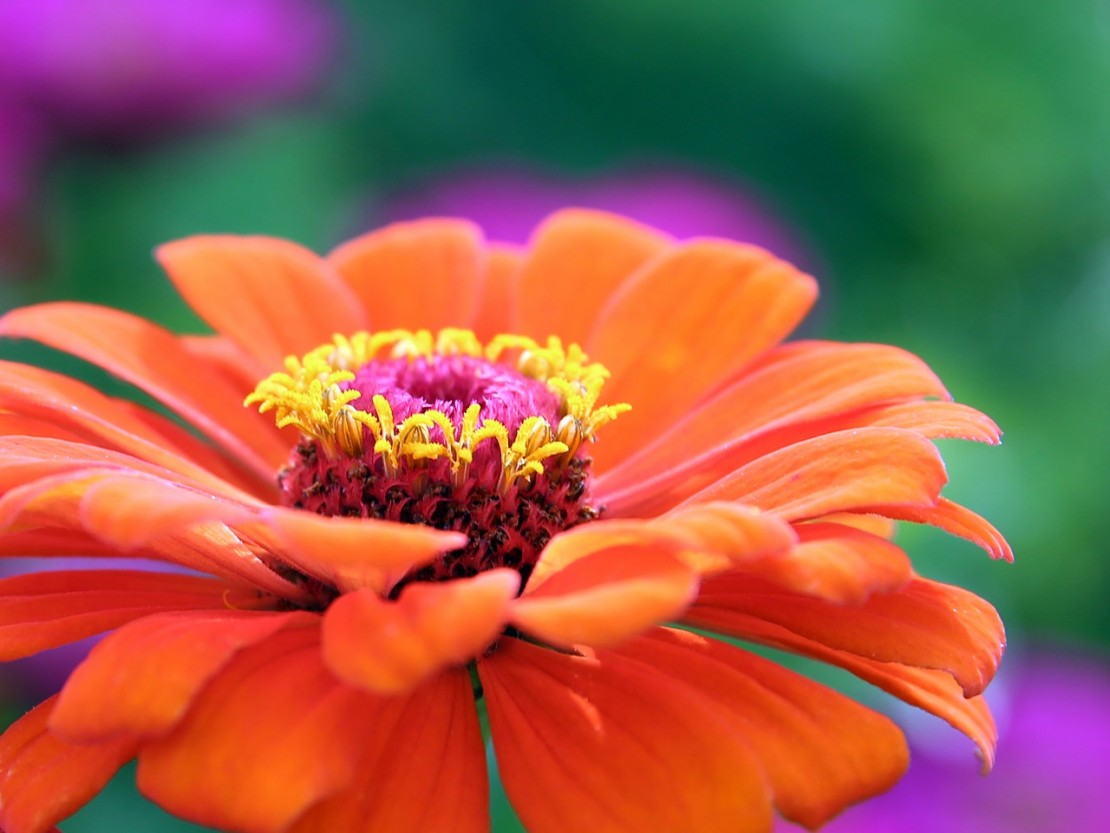
12 Best Botany Words for Your Herbal Studies
Most of the time, the words we use to describe our herbs are fairly straightforward: calendula petals, mint leaves, and ginger root. Leaves, petals, and roots are parts of plants familiar to most people, even if they aren’t gardeners, herbalists, or botanists. And for most purposes, that’s as technical as you need to be. Other…
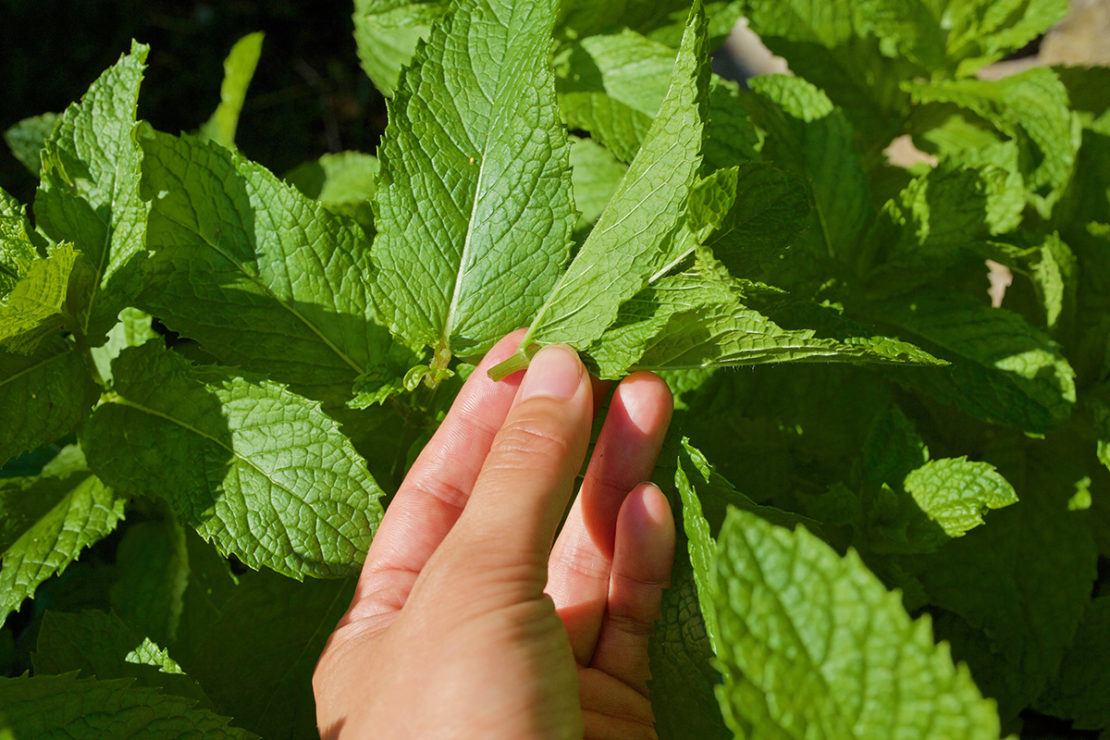
Basic Botany: Describing Leaves
There’s a lot going on in a leaf. Thousands of chemical reactions occur in each one as part of photosynthesis – the process plants use to turn sunlight into energy. Each plant develops their own unique blend of ingredients from sunlight, water, and the nutrients they pull from the soil. The unique makeup of each…
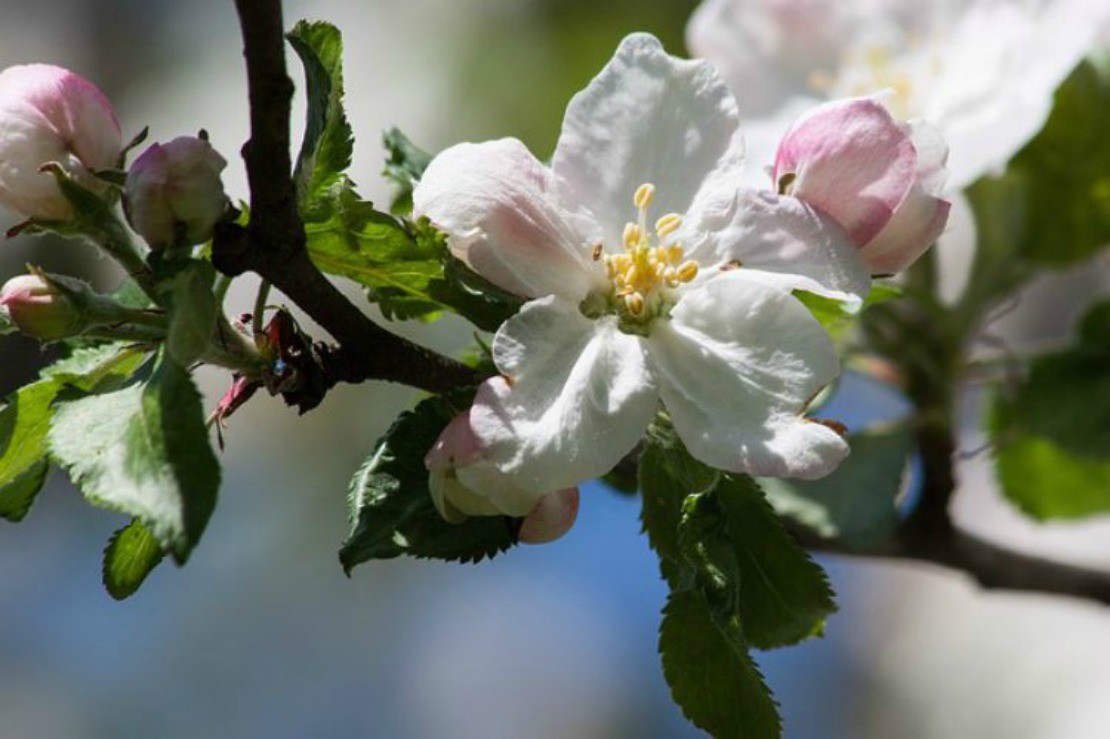
Learning About The Rose Family With Kids
Did you know that the beautiful rose is part of a large family of plants that many of us know and love? The Rosaceae family, among its many members, is comprised of plants such as hawthorn, apple, pear, strawberry, and raspberry as well as plants with stone fruits like peach, cherry, plum, and even almonds….
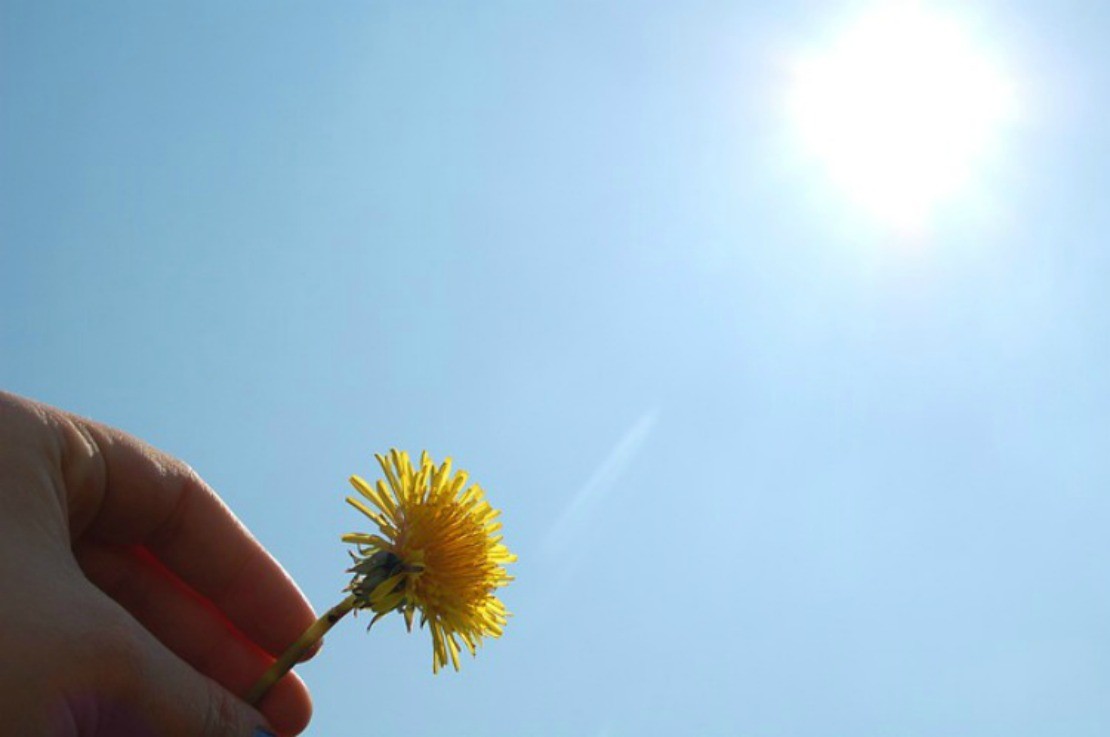
Herbarium Project for Children
An herbarium is a collection of dried plants that botanists use for studying, identifying, and classifying plants. Making an herbarium is a great way for kids and their parents to learn about botany and the plants used in herbalism. An herbarium will help you and your child get to know what plants look like, along with…
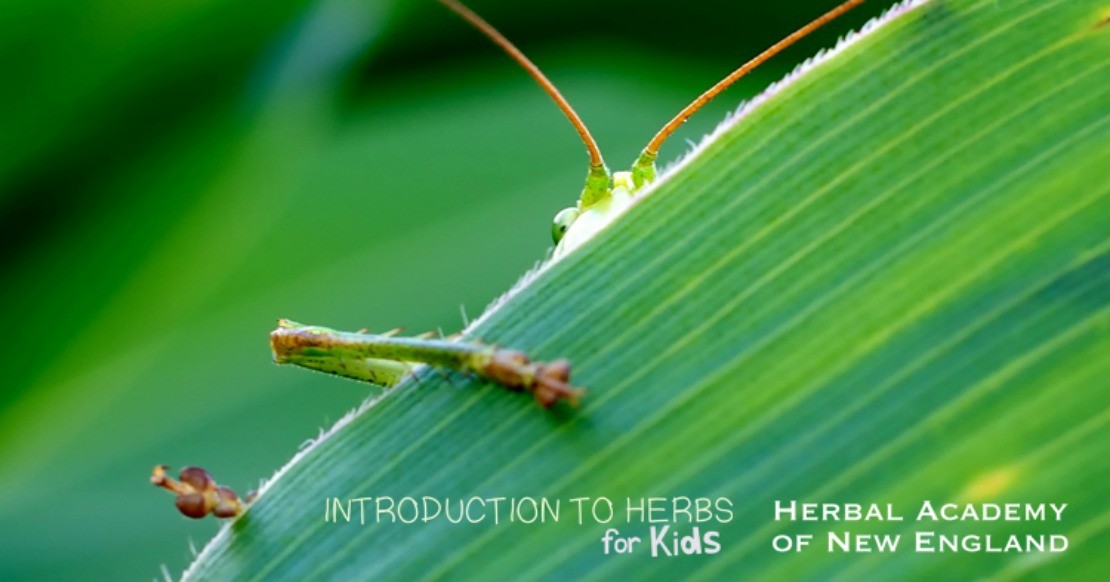
Introduction to Herbs for Kids: Meet My Friend, Herb! Part 2
Meet My Friend, Herb! Part Two Welcome! Thank you for joining us on our herbal adventure! In our last Introduction to Herbs for Kids lesson, we started learning about herbalism by answering questions such as “What is an herb?” and “How can I use herbs?” This week we are going to talk about a very…


